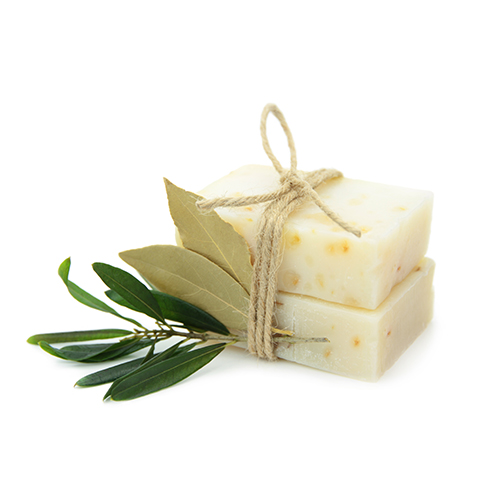

Cosmetics
Personal Care Products
Food Additives
Vegetable glycerin, or glycerol, is a clear, odorless liquid produced from plant oils, typically palm oil, soy, orcoconut oil. Palm and coconut oils are natural triglyceride mixtures; each triglyceride is composed of three fatty acids esterified with glycerin.
Vegetable glycerin is produced using an extraction process called hydrolysis. During hydrolysis, oils are placed under the combined force of pressure, temperature, and water. The ester bond breaks and causes the glycerin to split from fatty acids and be absorbed by water; at which point the resultant is further isolated by distillation to increase purity. Purified vegetable glycerin has a texture similar to an oil or syrup due to its organic molecular makeup, specifically, three hydroxyl groups.
In the cosmetic world, this has two practical applications. First, glycerin leaves your skin hydrated. Glycerin soap, for example, is popular for that very reason. Second, for cosmetic products that deliver an active ingredient, a humectant can increase the solubility of the active ingredient, making it more easily absorbed by the skin.
Reference: http://bit.ly/16Z0myu
No articles were found